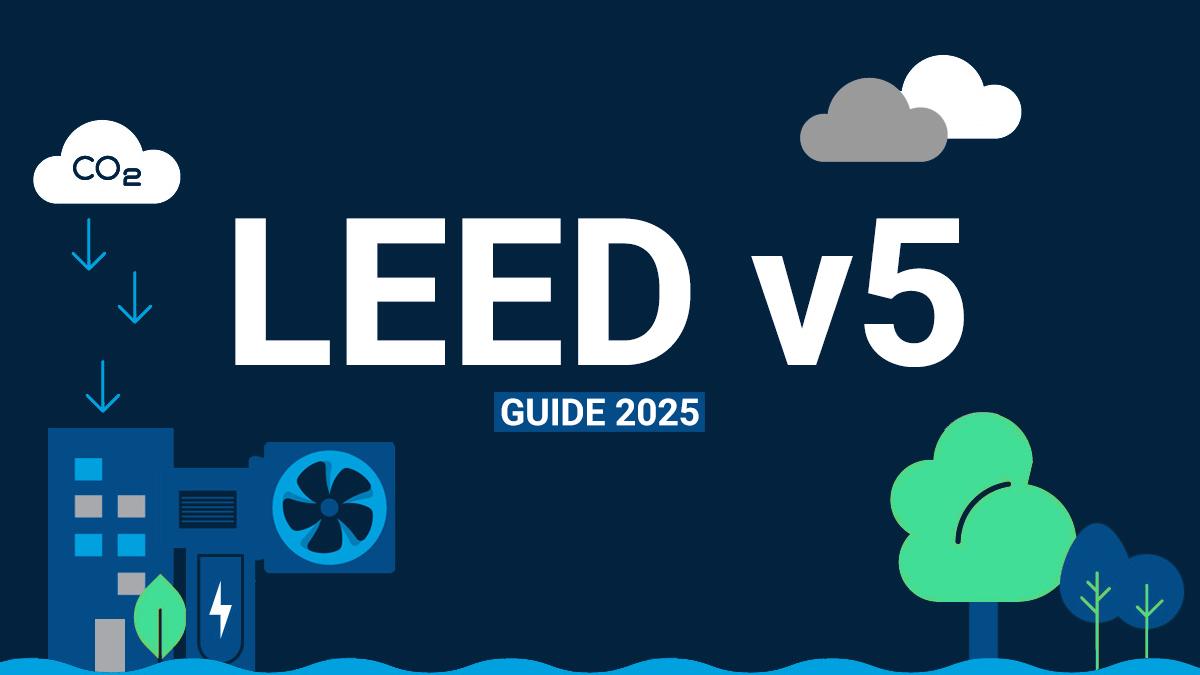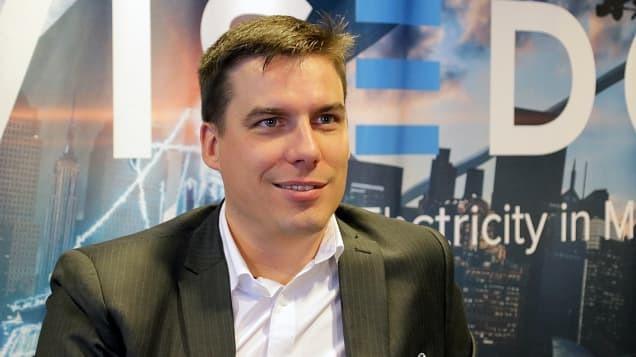It’s 2024 and climate change response continues to be a critical challenge. 2023 marked the first time on record that every day within a year exceeded 1°C above the 1850-1900 level, exceeding 1.5°C of warming on average for the first time, a key limit in the Paris Climate Agreement.
2023’s record-breaking temperature was a result of both natural forces and human-induced warming. Specifically, the warming effects of greenhouse gases emitted from burning fossil fuels coincided with the hot phases of temperature cycles in the Atlantic Ocean and the El Niño pattern in the Pacific Ocean.
Deciding on a climate change target has always been a debate. Countries facing land loss due to rising sea levels prefer a lower limit on warming, while those relying on selling fossil fuels want a higher one. There’s also a basic unfairness in climate change – the nations that didn’t cause much of the problem often face the worst consequences.
However, we have solutions. The formula for tackling climate change remains the same as mentioned in William Nordhaus’s 1975 paper:
- Reduce GHG emissions
- Negate warming effects, and
- Capture carbon dioxide from the atmosphere.
In this regard, Direct Air Carbon Capture and Storage (DACCS) holds promise in addressing climate change concerns by capturing CO2 directly from the air and storing it long-term. DACCS can play a critical role in mitigating carbon emissions in cities, especially within the built environment. This is crucial as buildings are significant contributors to global CO2 emissions, and employing DACCS here can make a dramatic difference.
Building Integrated Carbon Capture Can Be a Tool for Urban Sustainability
Buildings encapsulate complex dynamics of energy use and emission generation. DACCS, with its ambient air carbon-capture capabilities, can transform urban centers into active participants in decarbonization, aligning them with both ESG and climate goals. Such technology deployed across skyscrapers and infrastructure can muffle the carbon footprint of metropolitan giants.
Widespread deployment of Direct Air Capture (DAC) technology in buildings will drive technological learning, promote the adoption of low-carbon energy sources and renewables, and facilitate the electrification of energy systems in urban environments. Achieving a carbon dioxide removal cost within the range of USD 100 to 300 per metric ton (tCO2) is feasible by incorporating advantages such as reduced HVAC runtime for cost savings, carbon credits for building owners, and the potential sale of captured CO2 for various applications.
- Integrating DACCS into Building Design: Building-integrated DAC systems are scalable and adaptable, allowing for both centralized large-scale plants and decentralized installations for community use, thus embracing diversity in application methods. Architects and engineers can oversee the integration of DACCS technology into the core structural design of new buildings, ensuring the capture systems are integrated seamlessly, with HVAC for example, and function efficiently.
- Retrofitting Existing Structures: For the existing buildings, retrofitting constitutes a major technological trajectory. It involves outfitting buildings with integrated DAC units, allowing them to rack up considerable carbon reductions.
- Economies of Scale: Scaling DACCS for widespread use across buildings involves creating nexuses among structures. This allows for shared capture facilities, reducing individual building costs and fostering communal approaches to DAC facility management and CO2 credit sales.
- Energy Integration: Combining DACCS in buildings with renewable energy sources helps offset the energy load required for DACCS operations and aligns with a full-fledged strategy for sustainability.
Developing an efficient supply chain for the ecosystem
Building a specialized supply chain for the HVAC-integrated DACCS ecosystem is important with a focus on the key logistics drivers: facility location, CO2 inventory, CO2 transport, processing of information, and efficient sourcing and processing of the materials. Comparative cost-benefit analysis is to be conducted for large and small-scale deployment.
We need transparent and independent production of TEA (techno-economic analysis) and LCA (life cycle assessment) studies, climate and environmental impact assessments, upscaling studies, regional impact studies, and studies on DAC integration into existing industry clusters.
Policy and Economic Considerations
Integrating DACCS into urban buildings is not without its complexities. Economic viability is a deep driver; financial frameworks must encourage private and public sectors to invest. Incentives like tax reductions or subsidies can bolster willingness, reducing the risk profile for businesses and investors. Urban policy plays a critical role in disseminating building ventilation-integrated carbon capture technology.
Deploying building-integrated carbon capture technology around the world might be a challenge but it holds the promise of reshaping our cities into models of sustainable living. It’s also vital to consider other technologies—like improved insulation, smart grids, automation, AI-based optimization, building intelligence systems, and sustainable materials—that overlap with the quest for greener cities.





